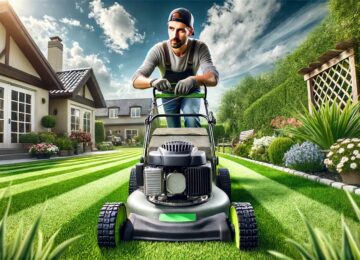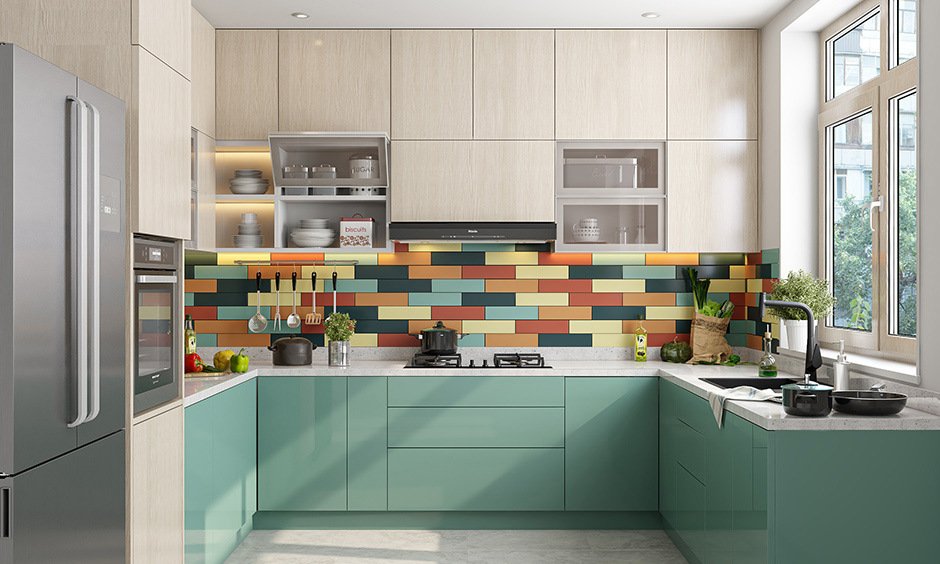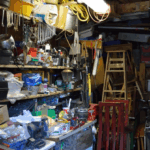Artificial turf has become a popular choice for homeowners, businesses, and sports facilities who want a lush, green lawn without the hassle of regular maintenance. With new technology, artificial grass looks and feels like real grass, which makes it a good choice for many different things. But choosing the right artificial turf for your needs can be hard.
In this guide, we’ll talk about the key things to consider when choosing landscape designers and artificial turf to make sure you choose the right one for your needs.
Find Out What You Need
The first step in choosing the right artificial grass is to figure out how you plan to use the area. Artificial turf comes in a variety of styles and designs, each suited to different applications and levels of foot traffic. Think about whether you’ll use the grass for landscaping, business, sports, or pets. This will affect which grass you choose.
Home Landscaping
For residential applications, look for artificial turf that is soft, lush, and realistic in appearance. Choose grass that drains well and can withstand sunlight to last a long time outside.
Use For Profit
For places where people often go, like parks and playgrounds, choose strong artificial grass with a shorter pile height and lots of plants. Choose turf that can handle heavy use without getting matted or flattened over time.
Fields For Sports
When choosing artificial turf for sports fields or athletic facilities, make sure it works well and is safe. Choose turf that is easy to play on and absorbs shock.
Pet-friendly Places
For pet owners, consider artificial turf specifically designed for pet areas that is antimicrobial and easy to clean. Look for grass that drains well and can handle scratching and digging.
Assess Quality and Durability
Quality and durability are important factors to consider when choosing artificial turf. Look for turf made from high-quality materials and made by reputable brands known for their expertise in the industry.
Material Content
Artificial grass usually has fibers made of polyethylene, polypropylene, or nylon woven into a backing material. Choose turf with a high yarn density and good blade shape retention to make it resilient and last longer.
Material for the Backing
Pay attention to the material that supports the artificial grass fibers. Choose turf that is resistant to tears, stretching, and UV damage.
Coverage
Check the manufacturer’s warranty to see if the artificial turf is good and durable. Look for warranties that cover defects in materials and workmanship, UV fading, and excessive wear.
Choose artificial grass that doesn’t need much work, like grass that cleans itself, grass that fights germs, and grass that doesn’t scratch. Choose grass that is easy to clean and doesn’t get stained or smelly from pets.
Grooming
Some types of artificial turf need to be groomed and brushed regularly to keep them looking good. Consider whether you’re willing to spend time and effort grooming the turf regularly or prefer a low-maintenance option that doesn’t require much upkeep.
Conclusion
Choose the right artificial turf for your needs. By comparing these key factors and choosing artificial turf that meets your needs and preferences, you can make an informed decision. Artificial turf can transform your outdoor environment and give you years of enjoyment and satisfaction.











